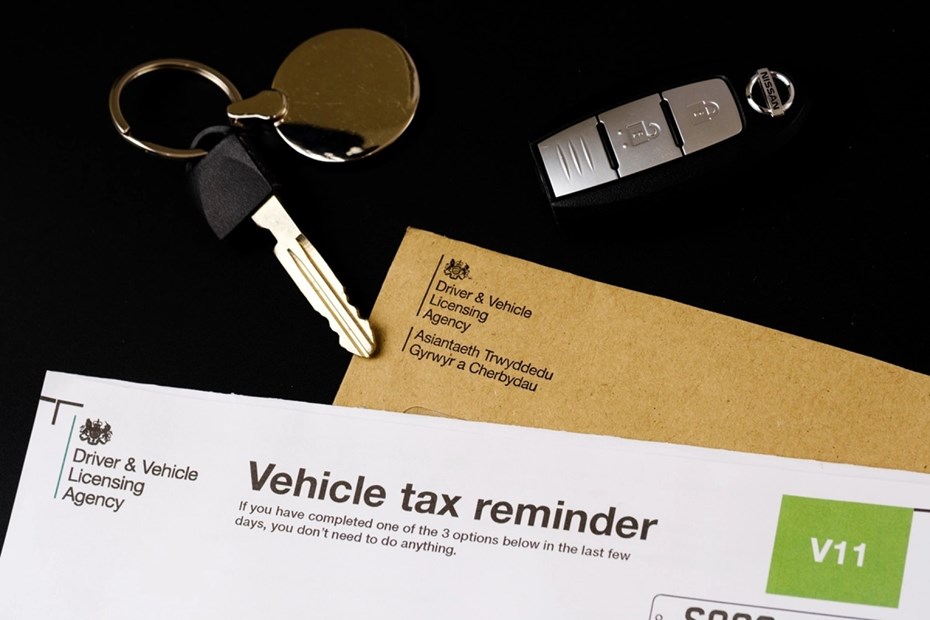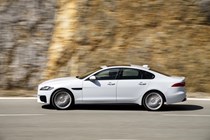At a time when car running costs seem to be escalating ever higher, you may be looking around for ways of cutting your outgoings. One way of doing that is to reduce your road tax – technically known as vehicle excise duty (VED) – but doing so isn’t as easy as you might hope.
That’s because it’s not possible to reduce the cost of VED on your current car. Every car on the road is classified into a tax band that’s based on its carbon dioxide emissions or engine size, or charged at a flat rate, depending on how old the car is. That classification is fixed for the car’s life and there’s no way of changing it – unless you go to the expense and hassle of changing its engine.
So, if you want to significantly reduce the amount you pay for VED each year, realistically you’ll have to sell your current car and get another one that incurs a lower tax bill. Here, we’re going to look at what sort of cars can do that for you, and some of the traps that could result in you paying more for VED than you expected.
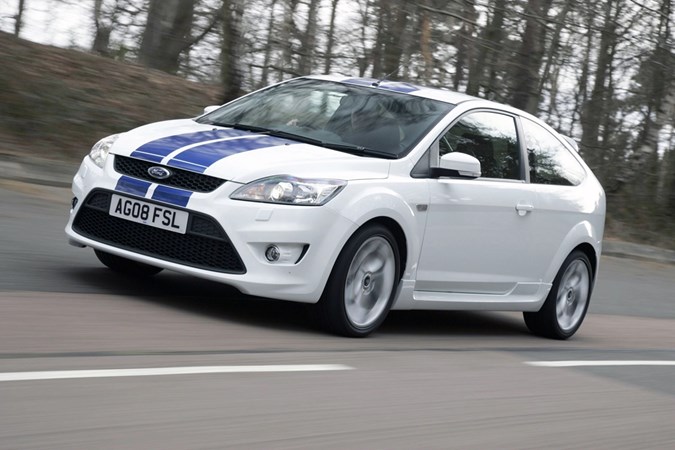
Understanding how road tax works
First, let’s just have a quick look at how VED works because it can be a bit difficult to wrap your head around. There are, in fact, four VED regimes in place for cars of different ages:
- Cars registered before 1 March 2001 are taxed on their engine size.
- Cars registered from 1 March 2001 to 31 March 2017 are taxed on their CO2 emissions.
- Cars registered from 1 April 2017 incur a first-year VED charge based on CO2 emissions when purchased, then a flat rate is applied from the second time the car is taxed. In addition, an extra surcharge is applied to cars that cost more than £40,000 when new.
- All cars become tax-exempt when they reach 40 years old – that’s any car built in or before 1985 at the time of writing.
If you want to know how much VED a particular car is liable for, use Parkers’ free car tax calculator, or you can find a full breakdown of the VED rates on the Government website.
Now, let’s look at what sort of cars incur a low VED charge of under £100 per year – or even no charge at all.
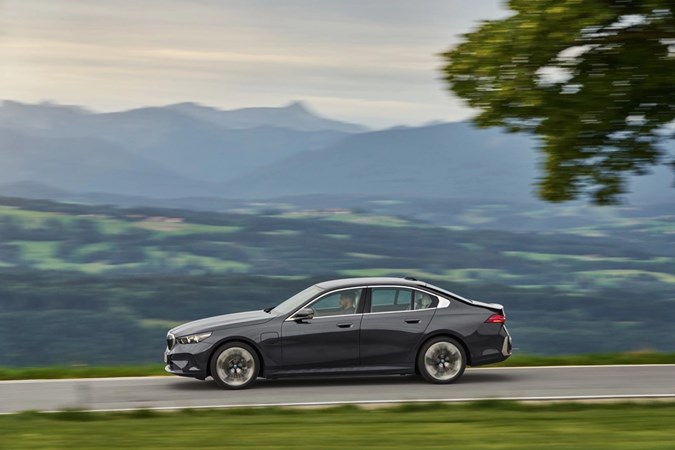
Get a car with free road tax
This isn’t as easy as it once was. For many years, cars that produced CO2 emissions of less than 100g/km – including electric cars – incurred a VED rate of £0. However, that came to an end in April 2025.
From that date, all cars registered from 1 March 2001 to 31 March 2017 that emit less than 100g/km – be they petrol, diesel, hybrid or electric – incur an annual VED charge of £20.
In addition, all cars registered from 1 April 2017 that emit 0g/km – i.e. electric cars – have moved onto the same £195 flat rate VED charge as every other car from the second time they’re taxed. That’s a big change if you’ve been used to paying nothing. Electric cars have also lost their free first-year VED, though the charge is only £10.
Those changes mean the only cars that retain their ‘free’ road tax are those over 40 years old, creating a sound financial basis for getting that classic car you always promised yourself – sort of! In 2025, cars that were built before 1 January 1985 became tax exempt on 1 April 2025. Note that you have to apply to the DVLA to get tax exempt status for your car.

Get a car that costs less than £100 to tax
While there are no longer any modern cars that incur a £0 VED rate, there are still plenty of them that cost less than £100 per year to tax – if you look at used cars. Specifically, cars registered between 1 March 2001 and 31 March 2017, which are taxed according to their CO2 emissions.
There are VED three bands under the £100 mark. Cars that emit under 99g/km have been bumped up from £0 to £20; those that emit 101 to 110g/km also cost £20, as they have for many years; the third band is 111 to 120g/km, which costs £35 per year. The next band (121 to 130g/km) takes a big jump up to £165.
In that up-to-120g/km range, you’ll find a vast selection of cars available, including small hatchbacks, family-friendly estates and MPVs, plenty of SUVs and even some sports cars. You’ll find diesel, petrol and hybrid options, as well. Check out our picks of the best used cars that cost £20 per year to tax.
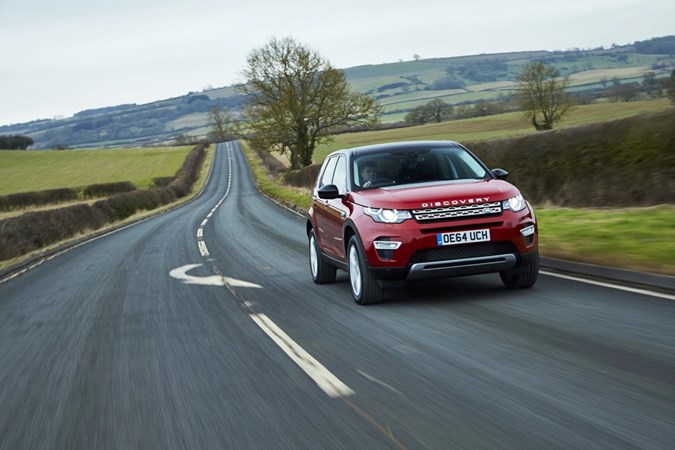
Get a car of the right age
We’ve mentioned a few times that the VED regime changed on 1 April 2017. Cars registered before that date are taxed according to their CO2 emissions, cars registered after it are charged a flat rate from the second time they’re taxed – having paid a CO2-based charge at purchase.
It can be quite easy to get caught out when buying a car with a 17-plate registration, which was launched on 1 March 2017. Let’s say you’re looking at two examples of a particular car that emits 120g/km of CO2 – a BMW 320d, for instance. One was registered on 31 March 2017, the other on 1 April 2017.
The one registered in March is taxed according to its CO2 emissions and would cost £35 per year. The one registered in April incurs the flat rate and would cost £195 per year – a huge difference by any standard.
We’ve mentioned a few times that CO2-emissions-based VED bands changed on 1 April 2017, bumping up the costs significantly for all cars. That means it can be quite easy to get caught out buying a car that was registered after the bands changed.
How big an issue could it be? Let’s say you’re looking at two examples of a particular model of that emits 120g/km of CO2 – a BMW 320d, for instance. One was registered on 31 March 2017, the other on 1 April 2017. VED for the one registered in March would cost £35, but it would cost £195 for the one registered in April. That’s a huge difference by any standard.
There is a point at which the theory stops working and that’s CO2 emissions of 141g/km. Such cars registered from 1 April 2017 cost £215 to tax, whereas one registered after that date is still charged the £195 flat rate.
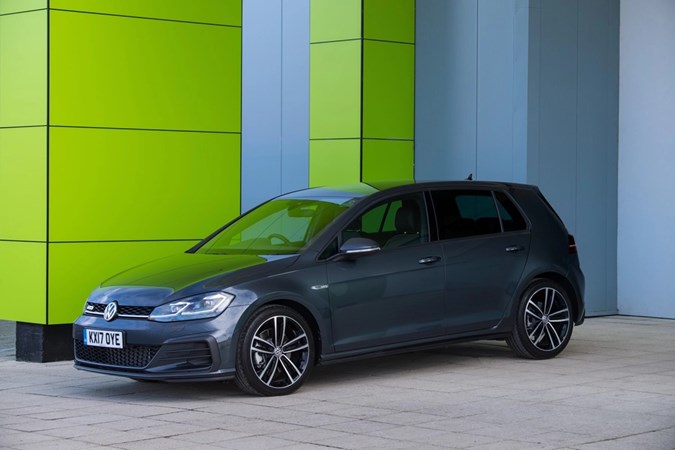
Get a car with small wheels
The style of a car with big alloy wheels can be very appealing, but it could end up costing you more in VED. That’s because bigger wheels generate more friction as they roll along the road which an engine has to work harder to overcome, increasing fuel consumption and CO2 emissions.
The difference in emissions between, say, a Mercedes-Benz E-Class with 17-inch wheels and one with 19-inch wheels may only be a few g/km. But it could be enough to tip the bigger-wheeled car into a higher tax band.
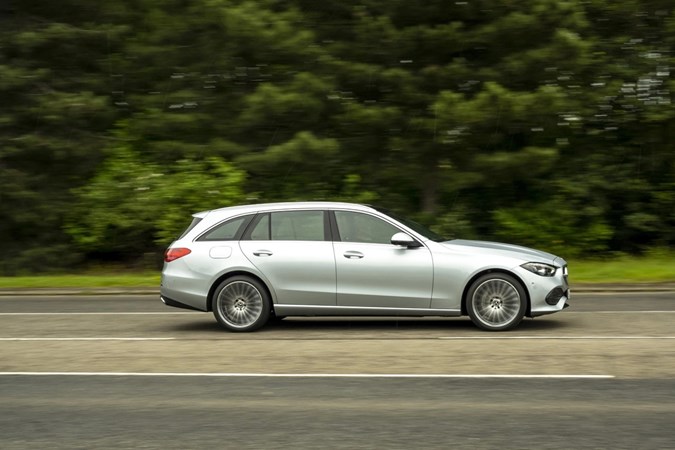
Get a car that cost less than £40,000
The current VED regime, introduced on 1 April 2017, levies a flat rate of £195 on all cars from the second time they’re taxed – which is on or around one year from the date of first registration. But that’s not the only element of VED to factor in – there’s also the Expensive Car Supplement (ECS).
That’s applied to all cars that cost more than £40,000 when new, in addition to the standard VED charge. And it’s not cheap – an extra £425 on top of the £195, making a total annual VED bill of £620, all payable at the same time. Ouch. And, from 2025, the ECS is applied to electric cars, which were previously exempt from it.
There’s a slight chink of light as the charge only applies for five years, from the car’s first through fifth birthdays, or years two to six in DVLA-speak. Right now, affected cars registered in 2019 are incurring their last ECS charge.
This is another thing that’s easy to get caught out by if you buy a car from 2017 that was registered after the ECS was introduced. But there’s a bigger trap you can get caught out by – the ECS is based on a car’s total purchase price, not just its list price.
There are lots of cars that had a list of around £35,000 but the original owner added some options that tipped it over the £40,000 ECS threshold. Premium cars like the Mercedes C-Class and BMW 3 Series are particularly prone to that. Top of the range models of more mainstream cars often cost more than £40k, as well. It can be possible to find out what a car originally cost, but it might behove you to choose a non-premium model or a mid-range trim level to play it safe.

FAQs
-
Can I reduce road tax on my car?
There’s no way to reduce the road tax bill on your current car. Road tax costs are based on a car’s engine size, CO2 emissions, or charged at a flat rate, depending on how old it is, and there’s no easy way of changing your car’s classification.
You could swap in a smaller engine or convert it to run on battery power, but the cost of doing so and the hassle of getting your car reclassified means it’s not a cost-effective solution. So the only real option is to swap your current car for one with a lower-cost tax classification.
In addition, you can save a bit of money by changing how you pay for VED. Paying for a full 12 months costs less than buying two lots of six months; paying by Direct Debit increases the total cost, as well
All VED costs given here are correct at the time of writing.
Just so you know, we may receive a commission or other compensation from the links on this website - read why you should trust us.


